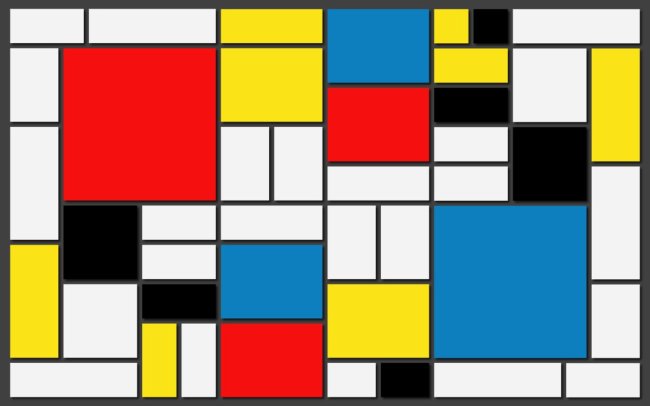Over the next couple of weeks in primary school you will be busy getting ready with children to celebrate harvest time and Autumn. We celebrate Autumn in our SOW and it's a great way to practise simple familiar and useful language.
Here is my first of two blogs on ways to in corporate Autumn in to your language teaching this half term.
Here are some simple ideas for all staff to practise basic and familiar target language:
- It's a great way to practise numbers and colours using cut out card leaves (with numbers and colours)as stepping stones and adding an element of elimination to the game. Place the lots of cut out leaves on the floor/ around the room (with numbers and colours on them in the target language) and ask the children to walk around the room standing on the leaves. When you call a number or a colour of they are stood on or next to a leaf with that number or colour written on it, then they are out!
- It's a great way to practise sounds in numbers and colours in the target language.You need leaves cut out of white card . On one side is written a key sound from the target language word for the object or symbol on the reverse of the card.Divide you class into teams.Stick all the leaves sound side up to the board or flip chart. Can the children take turns in teams to guess the object (e.g colour/ number ) on the reverse of the card.Turn the card over and if the team guesses correctly, then the team wins the leaf.The team with the most leaves at the end of the activity has won the "harvest".With early learners stick to one theme e.g. just colours but with more advanced learners create your leaves using two or three very familiar themes - e.g. days, months , numbers. You will need to give teams thinking and reflection time before you start the game so that they can try and recall independently the language they are going to need to focus upon.
- Practise simple actions and commands associated with harvest time e.g picking ,smelling, looking for ,tasting, eating fruits and vegetables . Create actions and play simple games such as Simon says or last farmer standing - where children freeze frame in a chosen action of their own and if you say that action the children in that particular freeze frame must sit down. Who will be the last farmer standing?
- Create piles of card leaves with maximum of 10 cards in each pile.Give a pile to each table. On some of the leaves there are letters that are in a random order but when re-assembled in a specific order form a word that is familiar to the children. Ask the tables to create a similar challenge of letters that make up a word pile of leaves for another table.With more advanced learners make this a full sentence challenge with whole words on leaves or even more challenging with words that have been split in to two and written on separate leave and are part of the sentence,











